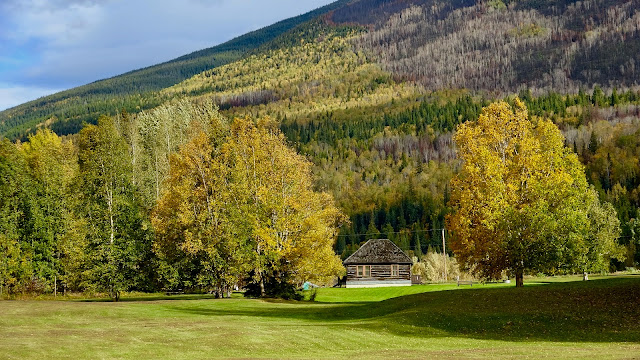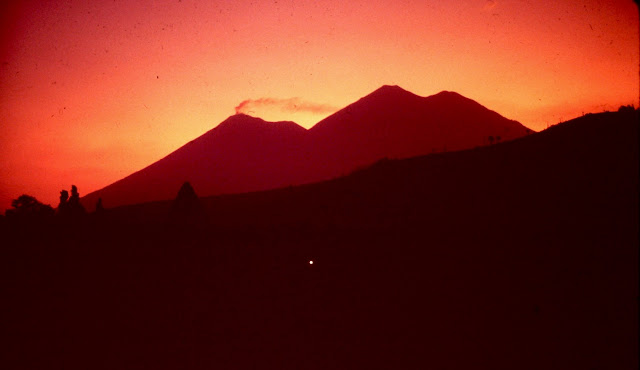It was 5:00 AM this morning when I was awaken. This time it wasn’t the church bell, but a terribly loud noise that sounded like a falling wall with individual bricks hitting the pavement. Such a sound was frightening, after seeing so many signs of destruction caused by earthquakes that have plagued Antigua. This loud noise reoccurred several times this morning. Finally, I recognized the sound as being multiple fireworks being shot off. For what reason, besides to waking me up, I do not know. Perhaps, they were not able to get the clanging bells to work.
When I got out of bed, I felt a bit weak and wobbly. I wondered if it was caused by my tourista, or side effect of the Lomotil I have been taking. Anyway, I got back in the bed until 8:00. When I did get up, I organized my suitcase, then headed off to the bank to cash a Traveler’s Cheque in the legitimate way. Legitimate it may have been, but it sure wasn’t efficient.
I had to stand, waiting in a line for thirty minutes before my turn at the counter came. I cashed $100 US, because I was worried that I would not have enough cash when I got to Tikal. My guide book had stresses the importance of having a goodly amount of cash before arriving there. I confess I felt pretty rich walking out of the bank. Then I went shopping for some earrings for Joan.
I found some jade and silver ones that I thought she would like, and I also bought two pairs of silver ones for friends who had given me money. After that spending spree, I was pretty much in the same mental condition as I was before cashing the Traveler’s Cheque at the bank; worrying if I would have enough cash, when I got to Tikal. I decided I would have to go to the bank again tomorrow to get more cash.
In my slack time, I have been reading whatever books I can find. My hotel has a little shelf of free books in the front. Yesterday I read one called, “I Am a Beautiful Stranger” which was sort of a diary of a teenage girl in the 1950’s. Last night I found myself reading one called, “I, The Legend” about the last man alive on Earth, who is not a vampire. Not great literature, but it passes the time.
This afternoon during my siesta, I finished the book, counted my money, and tried to figure out some sort of schedule for the rest of my trip. I am half done with my travels, I have spent half of my money, but that included two airline tickets and souvenirs. I have spent $170 on souvenirs, (a lot of friends gave me money to buy them some jewelry.). All in all, financially, I should be okay.
I got brave and decided to take a shower and got a nice surprise for a change; some warmish water.
This afternoon I noticed one of the local volcanos had some smoke coming out of it, as long as smoking is all it is does, that will be fine with me. Martin said one of the volcanoes is still active.



















